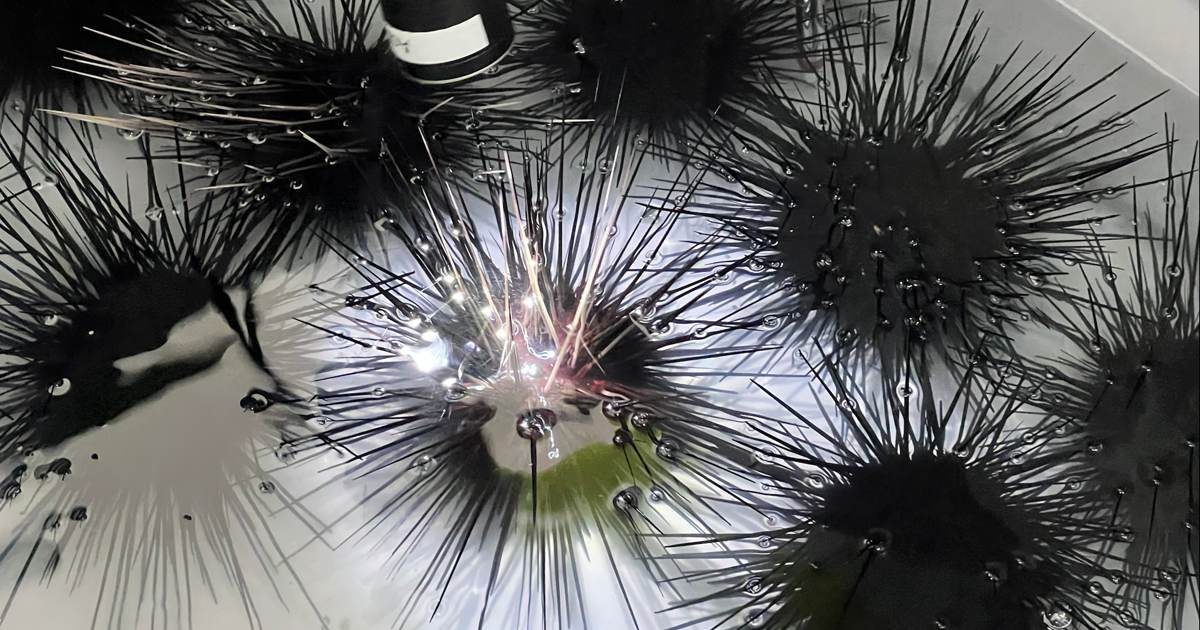Wageningen – The massive death of sea urchins in the Caribbean Sea has been attributed to ciliated animals. This was discovered by researchers from Van Hall Larenstein University of Applied Sciences and Wageningen University.
Since the mass extinction in the 1980s, sea urchins have been extinct on many coral reefs in the Caribbean. Since they, as the main grazers, are no longer grazing the algae, the corals have become overgrown and the young corals can no longer establish themselves. The cause of the mysterious mass death has not been found.
In 2022, there will be another mass death among the same species of sea urchins. The fatality rate was first noted in January in the US Virgin Islands. Since then, the death rate has spread rapidly and widely, traveling more than 1,300 km from north to south and 2,500 km from east to west in just four months.
The infected sea urchin population quickly became ill and within a few weeks 99% of the population died. Researchers from Van Hall Larenstein University of Applied Sciences who conducted research on XXX in Saba, among other places, set up an international collaboration to monitor the prevalence of deaths across the Caribbean.
In addition, sick and healthy sea urchins were collected on many different islands, which eventually made it possible to learn that the ciliates were responsible for the mass death.
This discovery has now been published in Science advances It represents an important first step in predicting and possibly preventing these types of disease outbreaks in the future. This is essential because the grazing activities of these sea urchins are essential to maintaining coral reefs in the Caribbean.
criminal
Disease symptoms in diseased Diadema sea urchins during the 2022 mass death were very similar to those observed during the 1980s extinction: lack of control of tube legs, slow spine response followed by their loss, and necrosis. of the epidermis in both laboratory and wild sea urchins. The affected population succumbed within weeks, with some populations reaching a mortality rate of 99%.
Now an international team of researchers, including those from Van Hall Larenstein University of Applied Sciences and Wachingen University, has concluded that the ciliary animal is responsible for the mass deaths.
This was found by comparing the genetic material of healthy and diseased sea urchins with all kinds of potential pathogens. Philaster was present in all infected sea urchins and absent in healthy sea urchins from other sites.
The pathogen was then isolated in Florida and healthy sea urchins it was exposed to in the lab soon developed the same symptoms described above. Subsequently, cilia were found in diseased sea urchins, which is clear evidence that the cilia are the primary pathogen.
recovery approach
While some sea urchin populations have not been affected and may provide larvae for downstream areas, several recovery methods have been developed over the past decade and some are ready for large-scale implementation.
For example, scientists in Saba successfully cultivated, cultivated and reintroduced sea urchins. This allows the sea urchins to resume their important role on the reef – keeping algae in check – and gives the coral a chance to settle down and grow again.







